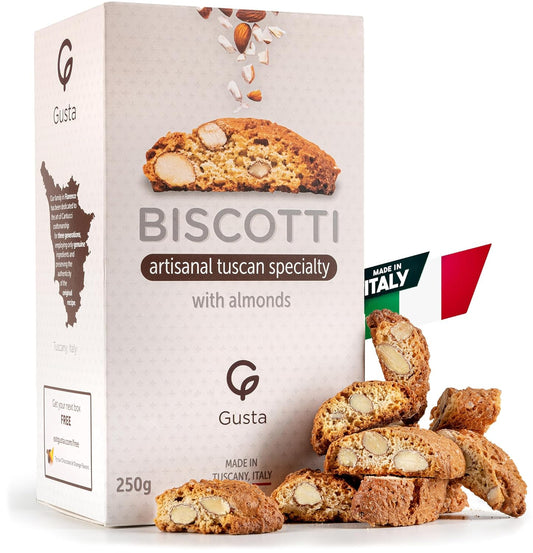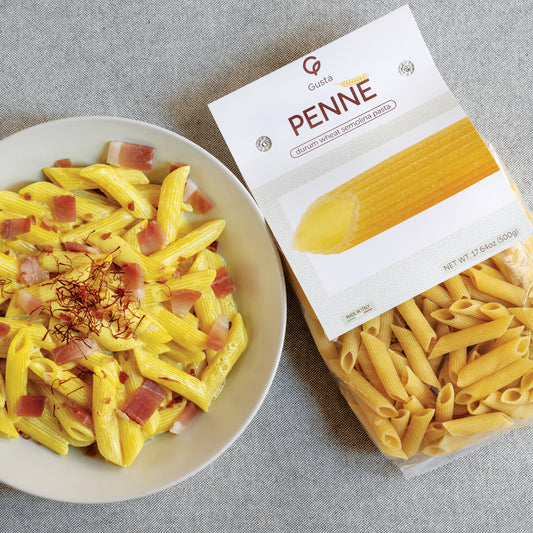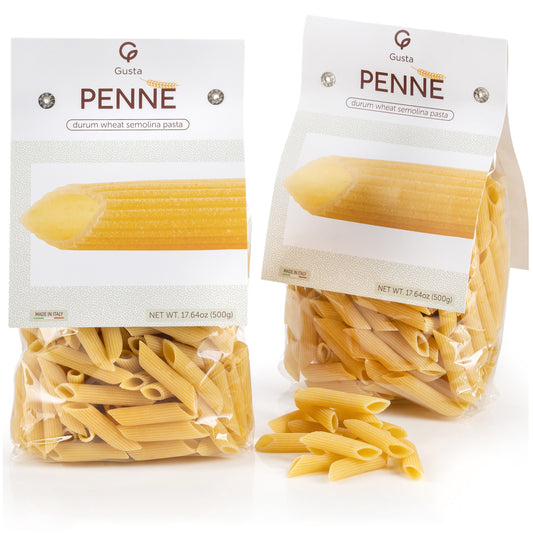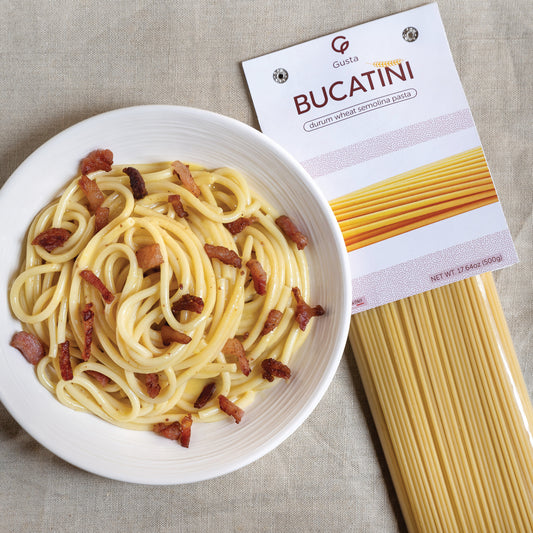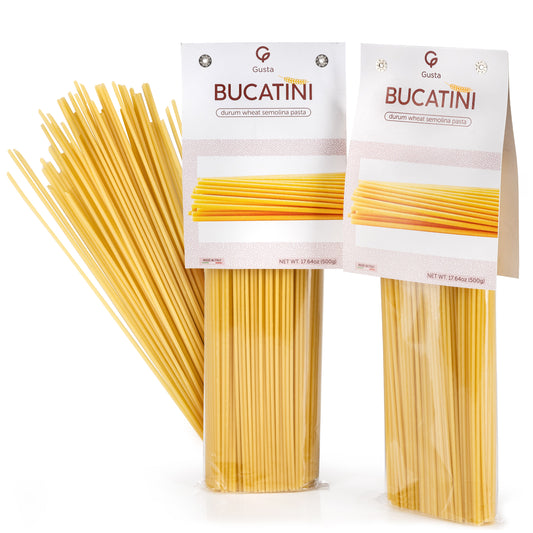When it comes to pasta we think of Mediterranean diet, tomato sauce, “al dente”, Parmigiano and its role in a balanced diet. However, a lesser-known concern recently researched in pasta is furosine. Furosine is an amino acid derivative formed during the initial stages of the Maillard reaction, specifically through the acid hydrolysis of Amadori products, which are created when reducing sugars react with the amino group of lysine in proteins. In simple terms, furosine indicates the extent of protein damage due to thermal processing, excessive heat in particular. It is widely used as a marker to assess the quality of food products that undergo heat treatments, such as milk and dairy products, where its levels are legally regulated. However, for other food categories, including pasta, there are currently no established legal limits for furosine content.
Pasta that undergoes a slow drying process at low temperatures (below 140° F) tends to have lower levels of furosine. This method, known as Low Temperature-Long Time (LT-Lt) drying, helps preserve the pasta's nutritional quality by minimizing heat-induced damage to proteins. Mass produced pasta often uses a quick-drying processes (High Temperature-Short Time, HT-St, or Very High Temperature-Short Time, VHT-St), which significantly increases furosine content.
Medical research studies have found that industrial pasta dried quickly at high temperatures showed furosine levels ranging from 226 to 506 mg per 100 g of protein. In contrast, a majority of artisanal pasta, dried slowly at low temperatures, exhibited much lower furosine levels, typically between 107 and 186 mg per 100 g of protein. You can find more information in the research links posted at the end of the page.
While furosine itself is not harmful, its presence indicates that a significant amount of lysine, an essential amino acid, has been degraded. Lysine is crucial for human health, particularly for growth and tissue repair, and its destruction reduces the nutritional value of pasta. Furthermore, the formation of furosine and other Maillard reaction products can also lead to reduced protein digestibility and the development of potentially harmful advanced glycation end-products (AGEs), which have been linked to various health issues such as inflammation and chronic diseases.
But enough of scientific terms and research! You can complete your assessment of slow-dried pasta by trusting your taste and noticing differences to your go-by grocery alternatives. At Gusta, we are dedicated to using the finest ingredients and preparation in all our products. Each cut is slow-dried to preserve both its nutrients and flavor. This is especially noticeable when enjoying our pasta "in bianco," that is seasoned simply with olive oil or butter and Parmigiano. A true delicacy—sure to become one of your preferred pasta dishes and truly yours personal favorite.
We love to hear your opinions and comments on pasta quality. At the bottom of the page you will find resources to learn more about pasta quick drying research and furosine levels. Most important, understand that furosine isn’t per-se a harmful ingredient, but it does indicate a possible degradation of nutritional values.



